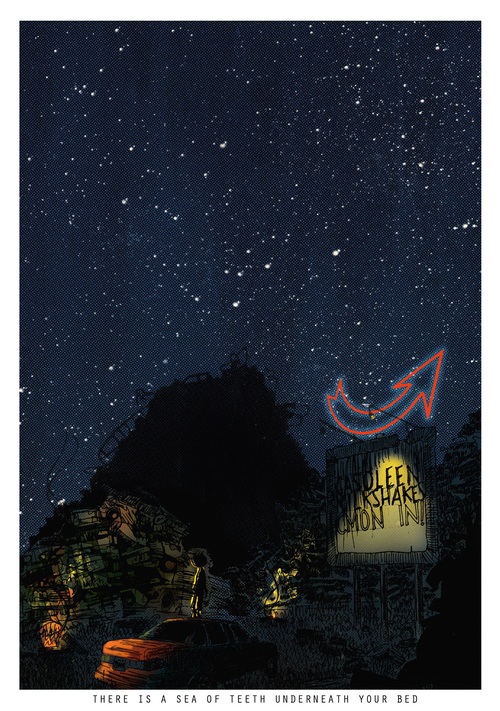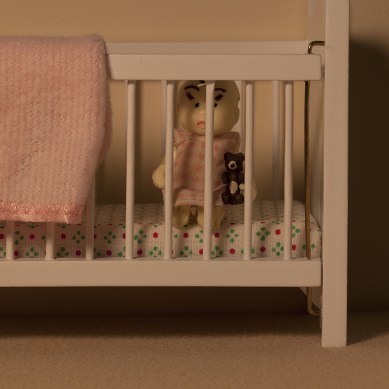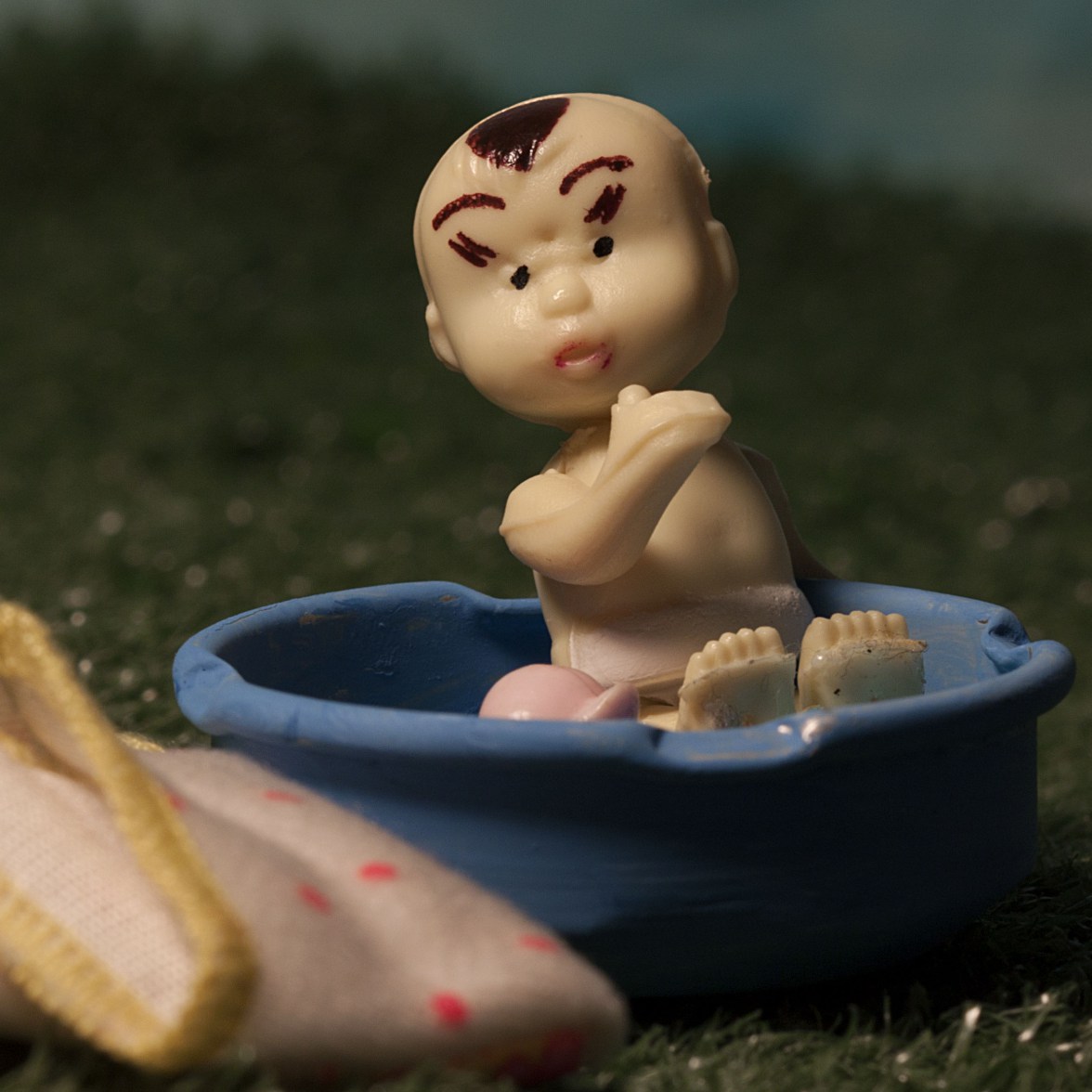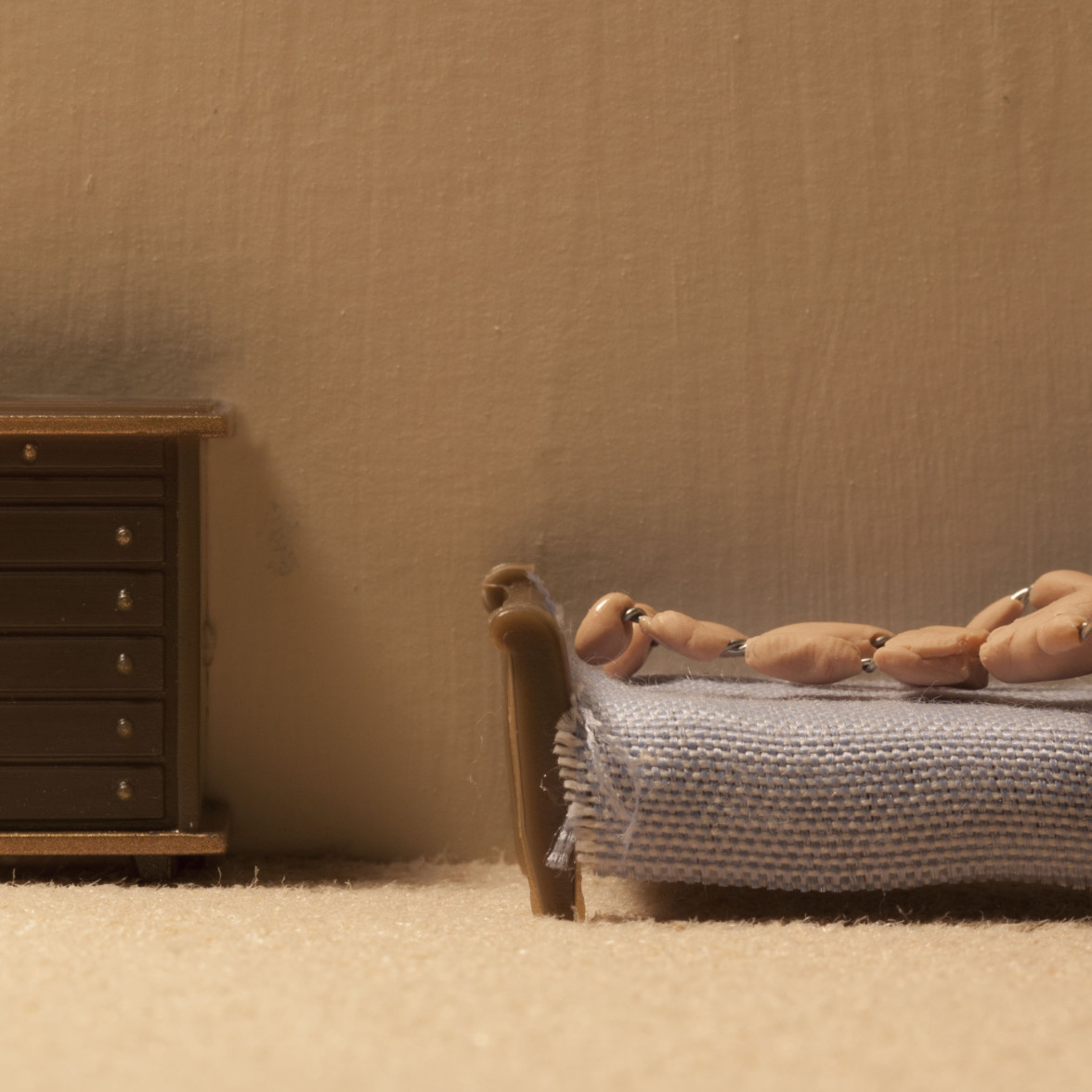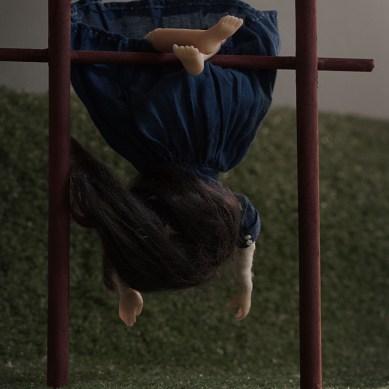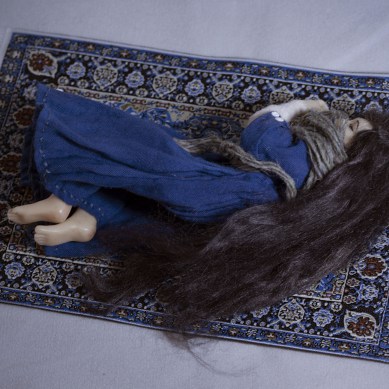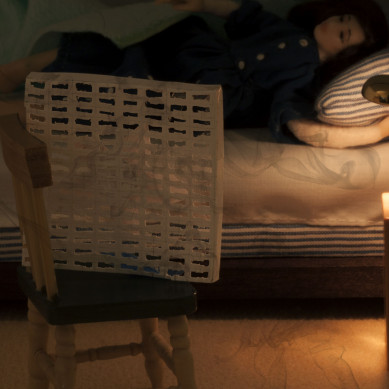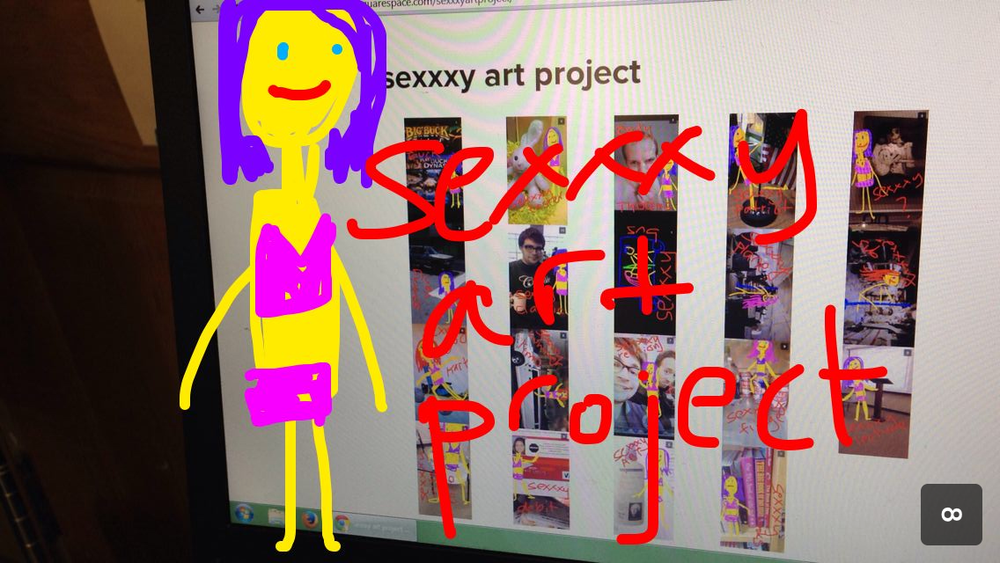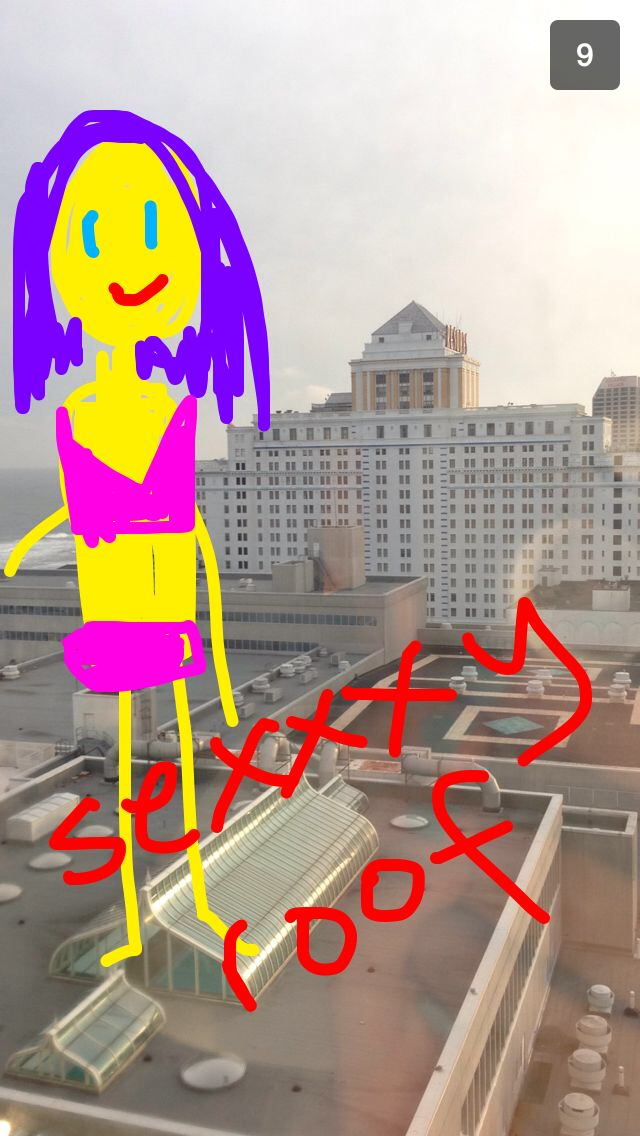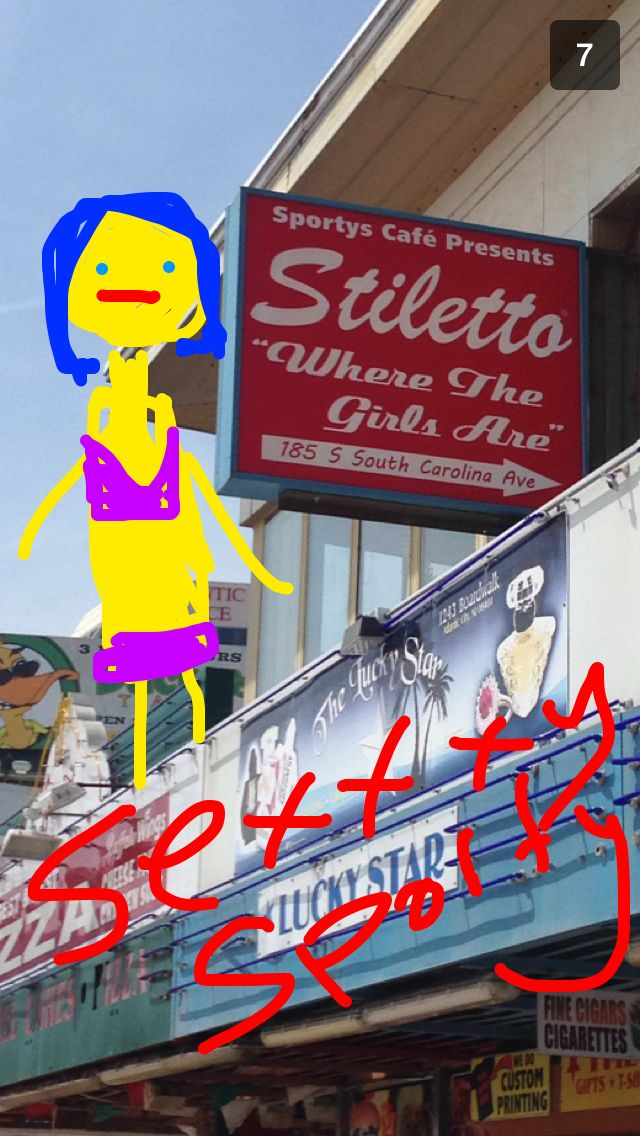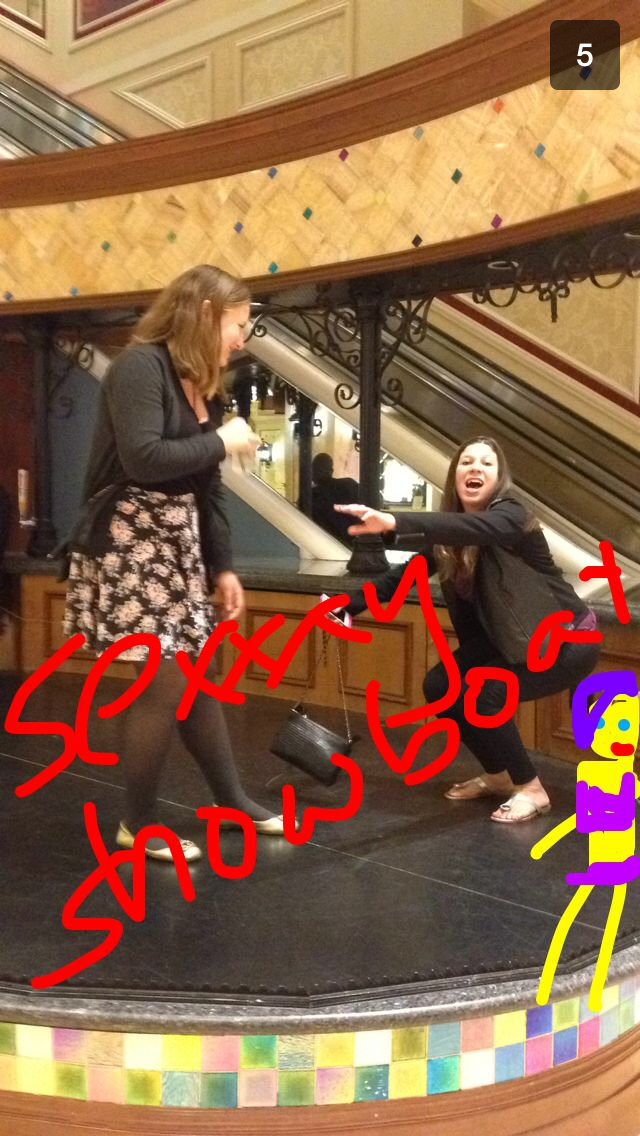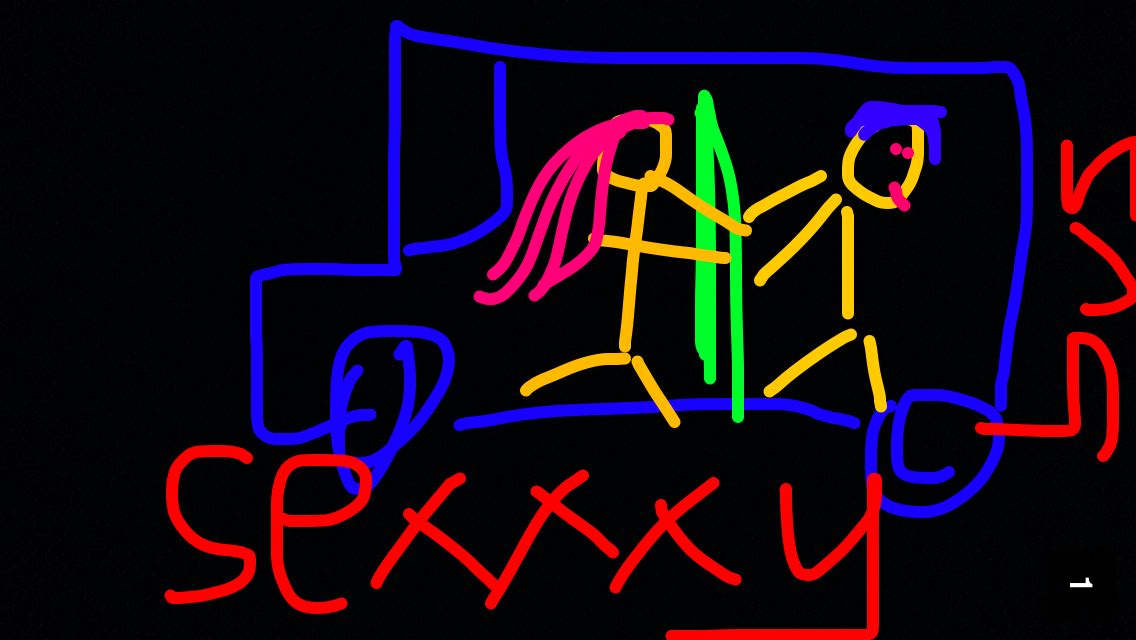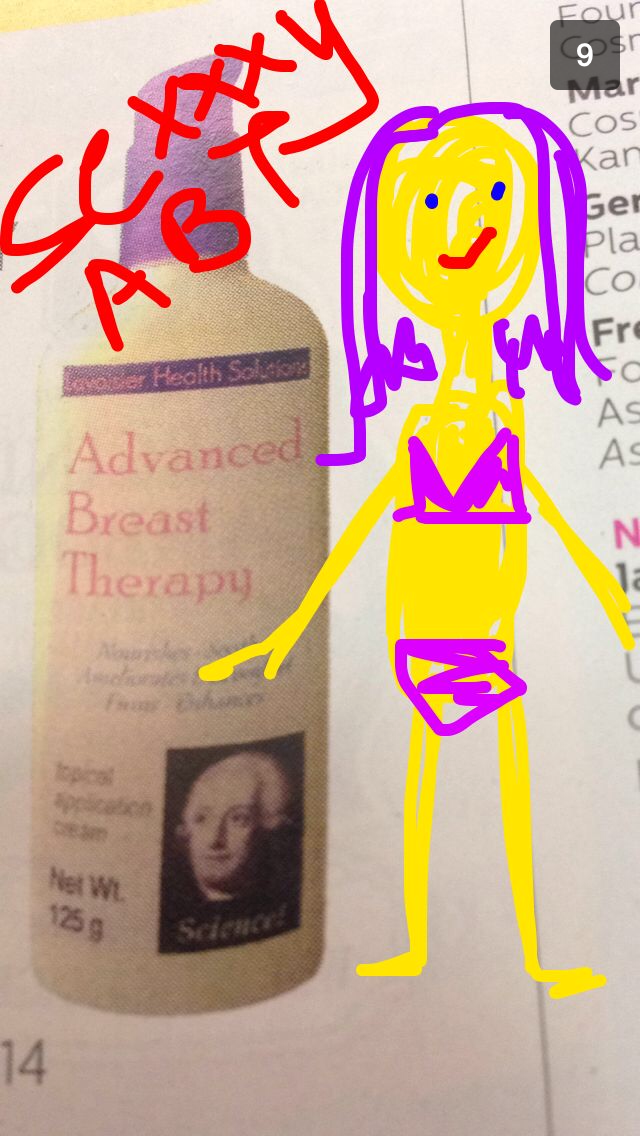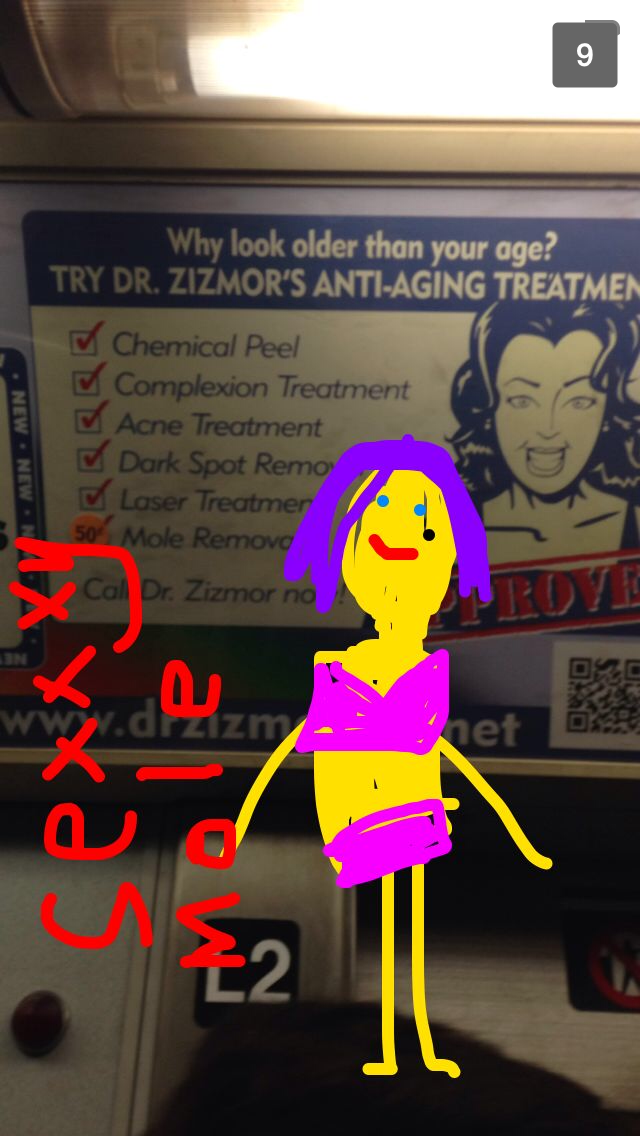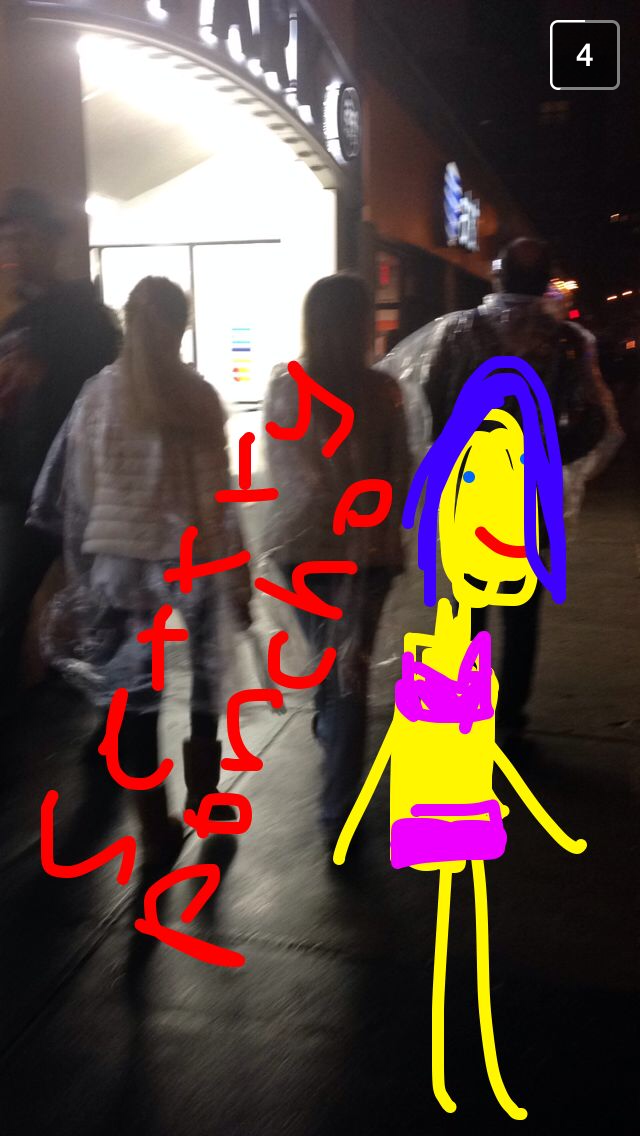When I’m in a conversation with a group, I listen intently. As each person expresses their personal opinion on whatever topic we’re discussing, I settle into their shoes. When people ask me “What do you think?” I stumble. Have I not been talking? Despite my silence, I believe I’ve been actively participating the whole time.
This happens to me a lot. I don’t know why but I much prefer listening than I do talking. More recently, I’ve started to ask myself whether this is a flaw or a strength. Especially in the entertainment industry, women who want to lead need to showcase their strength and prove that they can lead. How can I be a leader if I appear mute?
Starting at a very young age, I was fascinated by the art of storytelling, and often more interested in how a story was told than the actual story itself. I took note of all the movies I had seen that told the exact same story but had different titles. In an attempt to tell my own story, I started exploring my world through the lens of a camcorder I had been gifted for Christmas when I was eight, chronicling my life as an only child with a dog and two French parents in the city of Miami.
I believed I was passionate, always lugging my camcorder everywhere we went and meticulously writing down what events I had captured on each DV tape. Every playdate became about dressing up and taking on a role for Parallel Pictures, a production company founded by my 8-year-old self and presented by my friend Christina holding up two index fingers symbolizing the parallel lines. Similar to the MGM opening with the roaring lion, I’d film my dog looking up at a treat and jumping out of frame to catch it.
As an only child, my world was dense with imagination and curiosity that was satiated with film. I didn’t feel alone or quiet with it. I knew I wanted to pursue a life in the arts and I applied Early Decision to NYU’s Tisch School of the Arts for a degree in Film & Television Production.
On my first day there, our professor asked the class who wanted to be a Director. This was a difficult question for me to answer. As I thought about it, I started to hear the hands of my peers shoot up and looking around, nearly everyone had raised their hand. I also observed how all those hands belonged to men. Surely, it was a bold question to ask in the beginning of our formal education, but it was worth asking myself: Why don’t I want to direct?
Throughout my time at NYU, I was constantly reminded of the glaring indicator about women in Hollywood. If I have no interest in directing, am I only contributing to the statistic? In 2015, women comprised 17% of all directors, writers, producers, executive producers, editors, and cinematographers working on the top 250 (domestic) grossing films. This is the same percentage of women working in these roles in 1998.
After roughly three years of classes and working on set, I realized that I was finding my place in producing: the art of putting all of the elements together to make the film happen. Producers are essentially the behind-the-scenes magic that allows for the Director’s vision to get translated. Still, as a Producer, am I only facilitating the vision that men have by doing the “grunt work”? Am I submitting or am I transcending? Do I need to pave my way as a female Director to prove that I’m a modern woman? If I’m not talking, should I feel bad that I’m quiet?
During my junior year, one of my best friends from the program, Jake Fertig, approached me about an autobiographical feature he wanted to make called Howeds. He was one of the people who had first raised their hand when asked, “Who wants to direct?”
The story was about his adolescence, growing up in a New Jersey suburb where the characters had grown into drinking, dealing drugs, spouting off misogynistic taunts, and committing recreational misdemeanors for thrill. Despite having a dissimilar adolescence, I was drawn to the clutter of ideas. I wanted to help consolidate these ideas and develop treatments that would reflect a realistic production schedule and timeline.
Shortly afterwards, Jake and I started dating. It made things easier and more complicated at the same time. When it came to drafting the script, Jake asked me if I was interested in co-writing and producing the film and without hesitating, I said yes. Why? Was it because I felt I needed to say yes?
Surely, I had the subliminal pressure to be involved in the work that my new partner was so deeply invested in. Still, I recognized this was a real opportunity to represent the female voice within a heavily male-dominated story and to use everything I had learned from producing. I wanted to prove that I could be a powerhouse despite the assumption that I’m only helping because I’m the “girlfriend”.
Recently, Producers have started to get more acknowledgement for their work in film. Veterans like Kathleen Kennedy, a Producer of the new Star Wars film, and newcomers like Megan Ellison, the Producer behind two of the 2013 Best Picture nominees are finally starting to become a part of the conversation. Typically, the Director is in the spotlight but without the Producer, the spotlight can’t be turned on because the stage hasn’t been booked and the lights haven’t been rented and the grips haven’t been hired to turn it on. Even with all of the logistical elements, a Producer is not just the business partner, but the creative and practical—The Director dumps visions and the Producer mediates the execution.
We split principal photography for Howeds into four parts, knowing it would be easier to request the cast and crew to take a week off work as opposed to thirty consecutive days while working unpaid. On a set where people are working unpaid, the resources are low but the expectations are naturally higher because they are not being properly compensated. Simple gestures like lending out hand warmers or serving hot tea in cold temperatures isn’t generous, it’s expected. There are constant production issues that come in the way of being able to have a creative eye on a project I co-wrote. Jake and the Director of Photography, Chris Fox, are constantly asking me to watch the monitor for notes on the scene, but I am busy juggling the vegan’s alternative meal while figuring out how to pick up another cast member from the bus station without an additional car.
And still, despite all of this, everyone is respectful to the Director, who has the responsibility of creating an artistic vision and should not be bogged down with any production issues that are going on behind the scenes, but not necessarily the Producer, who they believe is putting them through these conditions as opposed to protecting them. The Producer also has the responsibility of shielding the Director by tackling all of the questions, concerns, and often, personal dilemmas that a particular cast/crew member is going through. They have given the promise to do everything in their power to make everyone’s experience on the production as positive as possible. Although everyone can see the hard work that the Director exerts, it is often hard for cast and crew to understand all of the work that the Producer has done to make it all possible.
We are naturally more interested in those who appear busy and those we are told not to bother. We assume that they are of a higher status than us and assume our inferiority in that environment. In Hollywood, the Director and Producer are those people. They are the reason that the film is getting made. Some perceive that the Producer is just the moneylender and the Director is the one getting his/her hands dirty on set, slaving away at the creation. In some productions, that’s certainly true.
However, on independent and low-budgeted sets like Howeds, both the Director and the Producer are slaving away, which makes it very easy to feel overlooked and unacknowledged as a Producer. We end up feeling bad, and like we should devalue the role. If I’m being treated like this, then maybe it’s because the role is not important enough. It also confirms the fear that female Producers are contributing to the glaring absence of women in the industry. Even as I type this, Microsoft Word keeps autocorrecting director to Director and doesn’t change Producer when I use a lowercase “p”.
If the conversation is a film, then the Director is talking and the Producer is listening. Do listeners matter? The answer is yes because we can’t have a conversation without them.
Although the Producer’s main responsibility is assembling all of the elements of the set to make the film happen, I believe a Producer should also be creative. If the Director is asking the Producer to help visualize their idea, they should be able to see it and execute it. As a writer on the film, I tackle both the creative and administrative. On set, I’m asked to delineate production tasks so that I’m able to stand behind the monitor and assist in directing. Here, I’m listening. I’m listening to the actors and watching the scene play out. When the rehearsal is over, I take Jake aside and give him my notes.
On one of the last days of class, a professor asked us who still wanted to direct. Only a handful of people now raised their hand, Jake confidently among the group. I’m looking forward to when they’ll start asking students “And, who wants to be a Producer?” I’ll confidently raise my hand.
I’m thankful that we live in a country where Directors and Producers of all genders have paved a road for us and that I have peers who make way for those kind of pioneers for future generations. We aren’t there yet, though, and we need to continue having the conversation. More importantly, we need people to know it’s okay to listen.
Emily is a producer for the independent production company, Perestroika, and a Field PA at The Tonight Show Starring Jimmy Fallon. She graduated from NYU's Tisch School of the Arts and in her spare time, she likes to stop dogs on the street, watch movies she doesn't fully understand, and hang with her loved ones. Follow her on Twitter @emdalmas.




